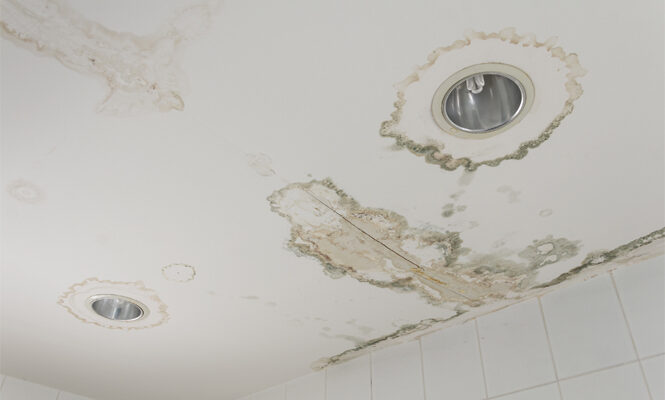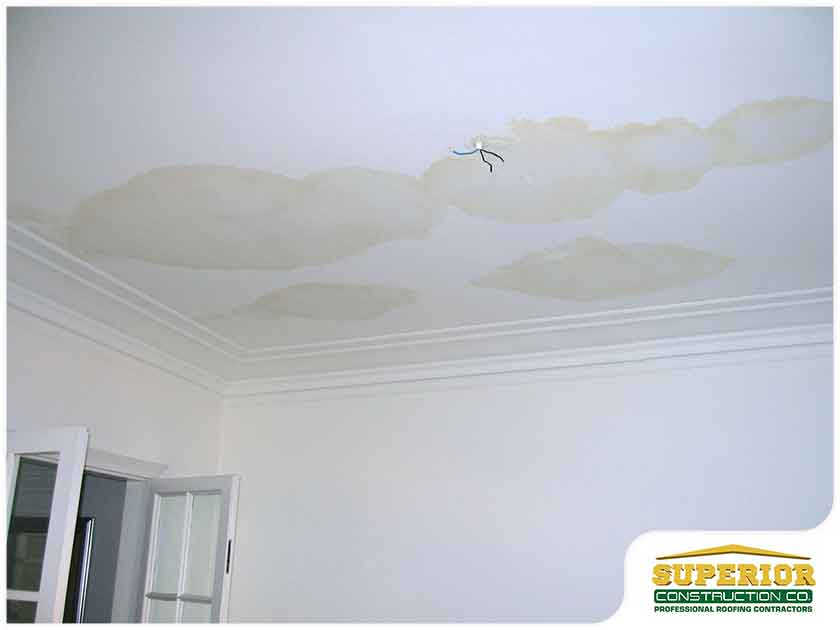This post down below involving Indicators of Water Damage Behind Walls is relatively compelling. You should take a look.

Water stains on wall surfaces are not pleasant to the eyes. In some cases it appears virtually inevitable to experience water discolorations on walls in homes.
Home owners residing in humid areas constantly manage the fear of water spots on wall surfaces. But that doesn't have to hold true for you. With well-rounded as well as accurate information on the reasons for water stains as well as timely fixing procedures, you will constantly be a step ahead of such occurrences. This write-up assures to be a practical guide for you.
3 Common Root Causes Of Water Discolorations on Walls
In contrast to common belief, water spots on wall surfaces do not always stem from poor building materials. There are several causes of water stains on walls. These include:
Poor Drain
This will certainly stop water from leaking into the walls. This web links to too much moisture that you observe on the walls of your structure.
So, the leading root cause of wet walls, in this case, can be an inadequate water drainage system. It can also result from inadequate administration of sewage pipelines that go through the structure.
Damp
When warm wet air meets with completely dry chilly air, it causes water beads to form on the walls of structures. When there is heavy steam from food preparation or showers, this takes place in washrooms and also cooking areas. The water beads can tarnish the surrounding walls in these parts of your house as well as spread to various other areas.
Wet or condensation impacts the roofing as well as wall surfaces of buildings. This causes them to show up darker than other areas of the house. When the wall is wet, it produces an appropriate atmosphere for the growth of fungi and microorganisms. These may have unfavorable impacts on health and wellness, such as allergies and respiratory system disorders.
Pipeline Leaks
Most residences have a network of pipes within the walls. This guarantees that the pipes are well away from the reach of devastating rodents. It constantly enhances the viability of such pipes, as there is little oxygen within the wall surfaces. This dissuades corrosion.
Yet, a disadvantage to this is that water leak affects the walls of the structure and creates widespread damage. A telltale sign of defective pipelines is the look of a water discolor on the wall.
Water Discolorations on Wall Surface: Repair Tips
When dealing with water spots, homeowners would generally want a quick repair. They would soon understand this is disadvantageous as the water discolorations persist. Below are a couple of handy pointers that will guide you in the repair of water discolorations on walls:
Pro Tip
A houseplant in your house likewise enhances its moisture. If the house is currently humid, you might desire to introduce houseplants with marginal transpiration. An example of suitable houseplants is succulents.
Conclusion
No one wants to have water discolorations on walls in their residence, it can occur to the ideal of us. This short article gives you utilize, as you now understand exactly how to handle this incident if it does happen.
It is constantly best to recruit specialist services to assist fix the damages in your home.
Sometimes it seems virtually unavoidable to experience water discolorations on walls in residences.
Contrary to popular idea, water discolorations on wall surfaces do not always stem from inadequate structure products. There are numerous reasons of water stains on wall surfaces. The water beads can tarnish the bordering walls in these components of your residence and spread to various other areas.
Here are a couple of handy pointers that will guide you in the repair work of water discolorations on wall surfaces:
How to Remove Water Stains From Your Walls Without Repainting
The easy way to get water stains off walls
Water stains aren’t going to appear on tile; they need a more absorbent surface, which is why they show up on bare walls. Since your walls are probably painted, this presents a problem: How can you wash a wall without damaging it and risk needing to repait the entire room?
According to Igloo Surfaces, you should start gently and only increase the intensity of your cleaning methods if basic remedies don’t get the job done. Start with a simple solution of dish soap and warm water, at a ratio of about one to two. Use a cloth dipped in the mixture to apply the soapy water to your stain. Gently rub it in from the top down, then rinse with plain water and dry thoroughly with a hair dryer on a cool setting.
If that doesn’t work, fill a spray bottle with a mixture of vinegar, lemon juice, and baking soda. Shake it up and spray it on the stain. Leave it for about an hour, then use a damp cloth to rub it away. You may have to repeat this process a few times to get the stain all the way out, so do this when you have time for multiple hour-long soaking intervals.
How to get water stains out of wood
Maybe you have wood paneling or cabinets that are looking grody from water stains too, whether in your kitchen or bathroom. Per Better Homes and Gardens, you have a few options for removing water marks on your wooden surfaces.
You can let mayonnaise sit on your stain overnight, then wipe it away in the morning and polish your wood afterward. You can also mix equal parts vinegar and olive oil and apply to the stain with a cloth, wiping in the direction of the grain until the stain disappears. Afterward, wipe the surface down with a clean, dry cloth. Try placing an iron on a low heat setting over a cloth on top of the stain. Press it down for a few seconds and remove it to see if the stain is letting up, then try again until you’re satisfied. (Be advised that this works best for still-damp stains.) https://lifehacker.com/how-to-remove-water-stains-from-your-walls-without-repa-1849742925

I discovered that blog entry about How to Remove Water Stains from Walls and Ceilings when doing a search on the internet. Sharing is good. You won't know, you will be helping someone out. Many thanks for going through it.
Get the best, call!